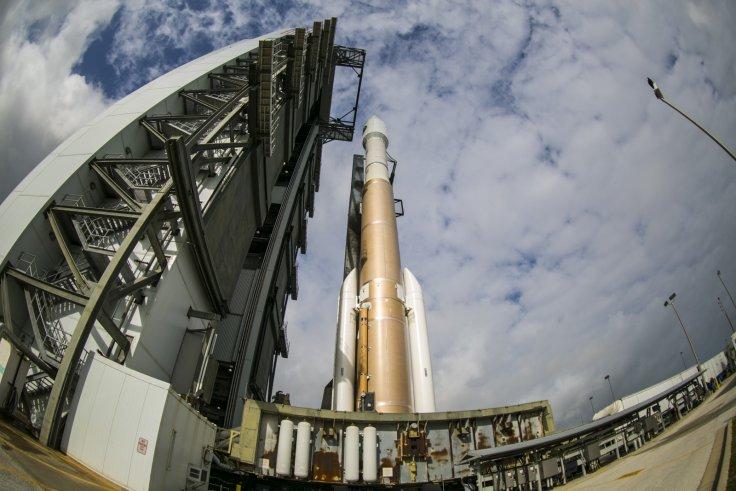Results 1 to 1 of 1
-
04-20-2015, 01:43 PM #1
Stratasys 3D printing Parts for Rocket Launches Now
Plastic parts have been used to replace metal ones in the aircraft industry, and now the use of plastic is expanding to rocket component manufacturing, as more and more aerospace companies understand the benefits of using 3D printed parts instead of traditional and more expensive metal components. The United Launch Alliance (ULA) reports that it has saved close to $1M by 3D printing some plastic parts for its rockets. A joint project between Boeing and Lockheed Martin, United Launch Alliance is considered one of the industry leaders as a launch service provider. It has delivered more than 90 satellites providing critical capabilities for field troops, aiding meteorologists who track severe weather, and enabling GPS navigation systems in personal devices to illuminate our solar system. Now, with the company's use of 3D printing, we can be sure to see more advances and applications that will further both aerospace and 3D printing industries.3D printed environmental control system duct.
The next rocket up for launching is the Atlas V AFSPC-5 rocket, which is scheduled to launch no earlier than May 20, 2015, from Space Launch Complex-41 at Cape Canaveral Air Force Station, Florida. The rocket's mission is for the US Air Force and it is national defense related, and this will be the ULA's 96th launching since the company was founded in 2006. ULA has launched 5 rockets so far in 2015, and it appears that if the company continues to save money by using 3D printing, we can expect more launches and exploratory space projects in the near future from it and other aerospace companies.ULA first began using 3D printing in 2012, and it owns several Stratysus Fortus 900 MC machines for printing components to replace more traditional metal ones. So far, the only components that can be 3D printed are internal ones, including: environmental control system ducts, instrument brackets used for support, close-off panels to seal compartments, and nozzles to direct a rocket's internal cooling flow. ULA's program manager for additive manufacturing, Greg Arend, explains that currently the company outsources 60-75% of rocket component manufacturing to third parties, but 3D printing allows the company to save 50-95% if it prints the parts itself
 The company is currently mainly focused on printing thermoplastics, but it looks forward to exploring metal printing, which is still in its infancy, in the future. ULA favors printing with Ultem 9085 FDM thermoplastic material from SABIC, which it explains can tolerate -59.4° to 107° C (-75° to 225° F) temperatures. In addition to its temperature tolerant quality, the material also requires a minimal amount of post-processing compared to metal printing -- which can be expensive and time-consuming.
The company is currently mainly focused on printing thermoplastics, but it looks forward to exploring metal printing, which is still in its infancy, in the future. ULA favors printing with Ultem 9085 FDM thermoplastic material from SABIC, which it explains can tolerate -59.4° to 107° C (-75° to 225° F) temperatures. In addition to its temperature tolerant quality, the material also requires a minimal amount of post-processing compared to metal printing -- which can be expensive and time-consuming.
More details here: http://3dprint.com/59428/united-launch-alliance-rockets






 Reply With Quote
Reply With Quote



Extruder not feeding during print,...
04-24-2024, 01:59 AM in Tips, Tricks and Tech Help